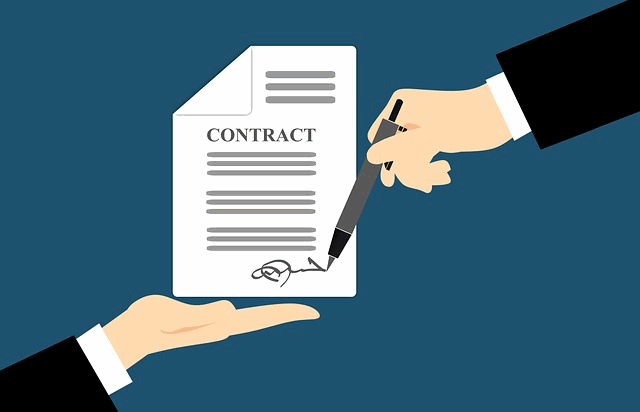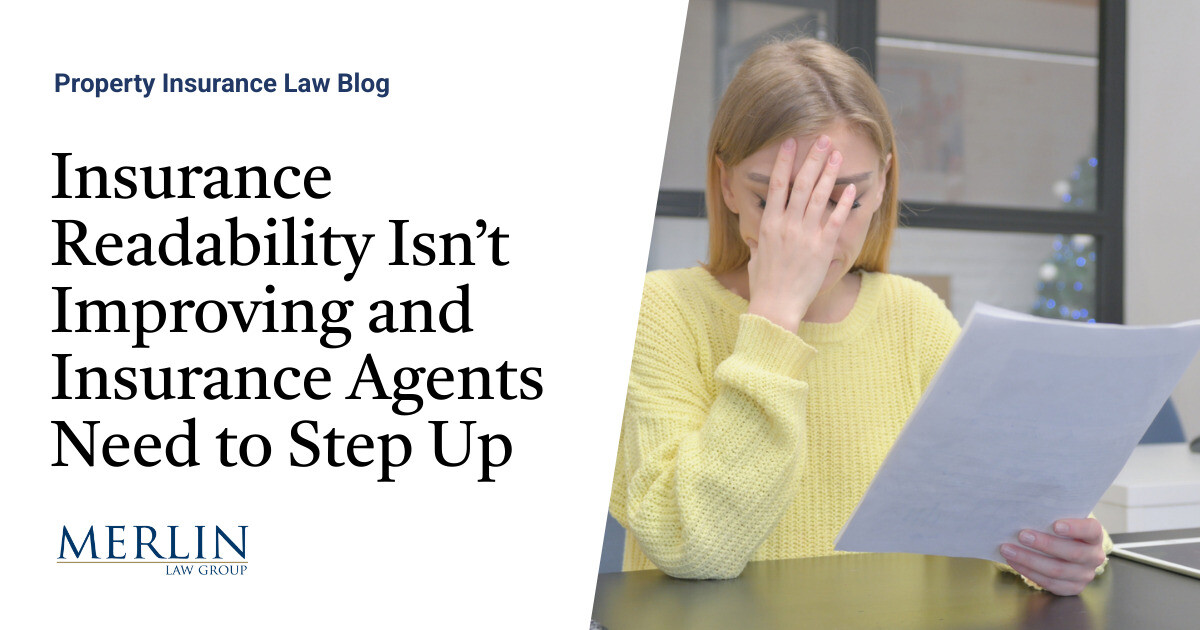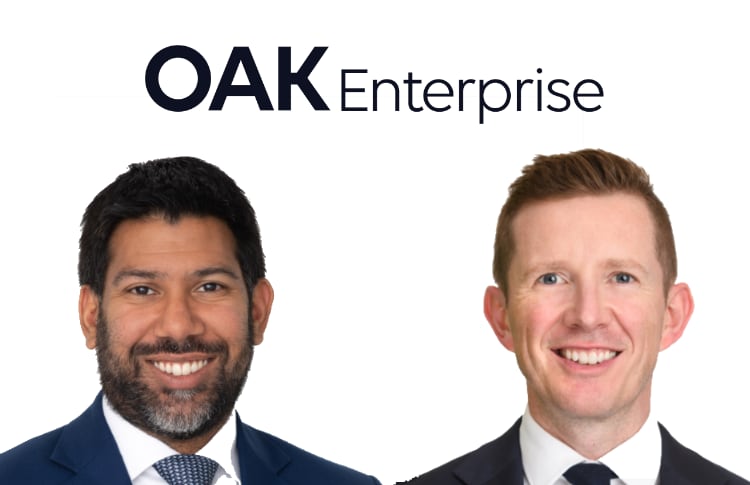
With property catastrophe reinsurance pricing having now softened from its recent hard market highs, there is an expectation that ceding companies and buyers will look to take the opportunity to secure more protection lower down in the working layers of their reinsurance towers, analysts at Jefferies have stated.While commentary from management teams continues to highlight pricing as adequate across the property catastrophe reinsurance industry tower, with top-layers softening the most the analysts are becoming more cautious on the outlook for companies that tend not to venture into the working layers.Working layer and aggregate reinsurance protection has been harder to source and much more expensive in recent years, through the peak of the hard market, but now conditions are more accommodating and buyers are having more success at bringing capital to support their needs at lower levels of attachment or more frequent return-periods, it seems.Commentary from the June renewals suggested Florida players were able to buy more protection around and below the Florida Hurricane Catastrophe Fund layer of their towers, while we’ve also reported on a number of new and in some cases large aggregate arrangements that have come to market.
Explaining the backdrop, Jefferies analysts stated, “Recent reinsurance broker reports point to pricing being pressured given increased capacity in the marketplace which more than offset any incremental demand purchased from cedants.“Newly formed reinsurers/syndicates/ILS funds along with increased carrier retained earnings led to capital supply outpacing rising demand.” Leading them to say that, “At June 2025 and into January 2026 we expect insureds to try to increase reinsurance purchasing on more working layers portions of programs.” For those companies that do not participate as much in the lower or more working layers of reinsurance towers, this is seen as potentially detrimental.As despite the fact continued premium expansion may be available in the upper-layers it is no longer going to be at the rates experienced over the last two years, the analysis suggests.
Ceding companies have had “leverage over capital providers” so far in 2025, given the availability of capital and its appetite for risk has increased sufficiently to benefit the cedents through pricing.What’s important to note though is that compensation per-unit of risk still remains high, given terms and conditions have not meaningfully changed, while attachments remain at or very close to their hardest market levels.It’s natural that as the more remote-risk layers of reinsurance towers see pricing soften off their highs, the focus of buyers shifts to trying to get a more accommodating response from capital providers in their working layers as well.
Some capital providers will naturally look to venture a little lower as well, to augment portfolio returns and reduce their weighting to the more-competitive top-layers, all of which can make for a buying opportunity.Of course, we’ve seen this all before through previous reinsurance cycles.The market has had a tendency in the past to look for growth as the cycle moves down, which can ultimately exacerbate any softening.
We saw this in the 2010’s when some major reinsurers were continuing to grow into US property cat risk premiums, while at the same time becoming very vocal about the threat posed by alternative capital.We’d like to think things might be different after the hard (soft) lessons learned this time around, but we’re still a way off that stage of the cycle this time and will have to wait for 2026 and beyond to see how market dynamics and risk appetites evolve..
All of our Artemis Live insurance-linked securities (ILS), catastrophe bonds and reinsurance can be accessed online.Our can be subscribed to using the typical podcast services providers, including Apple, Google, Spotify and more.
Publisher: Artemis








